I wrote at one point about a style of interior design that is also found in furniture - shabby chic. The interest shown in this article, as well as questions about other styles, convinced me to start a seriesabout styles in furniture. I'll start with Chippendale, a reference style of antique furniture.
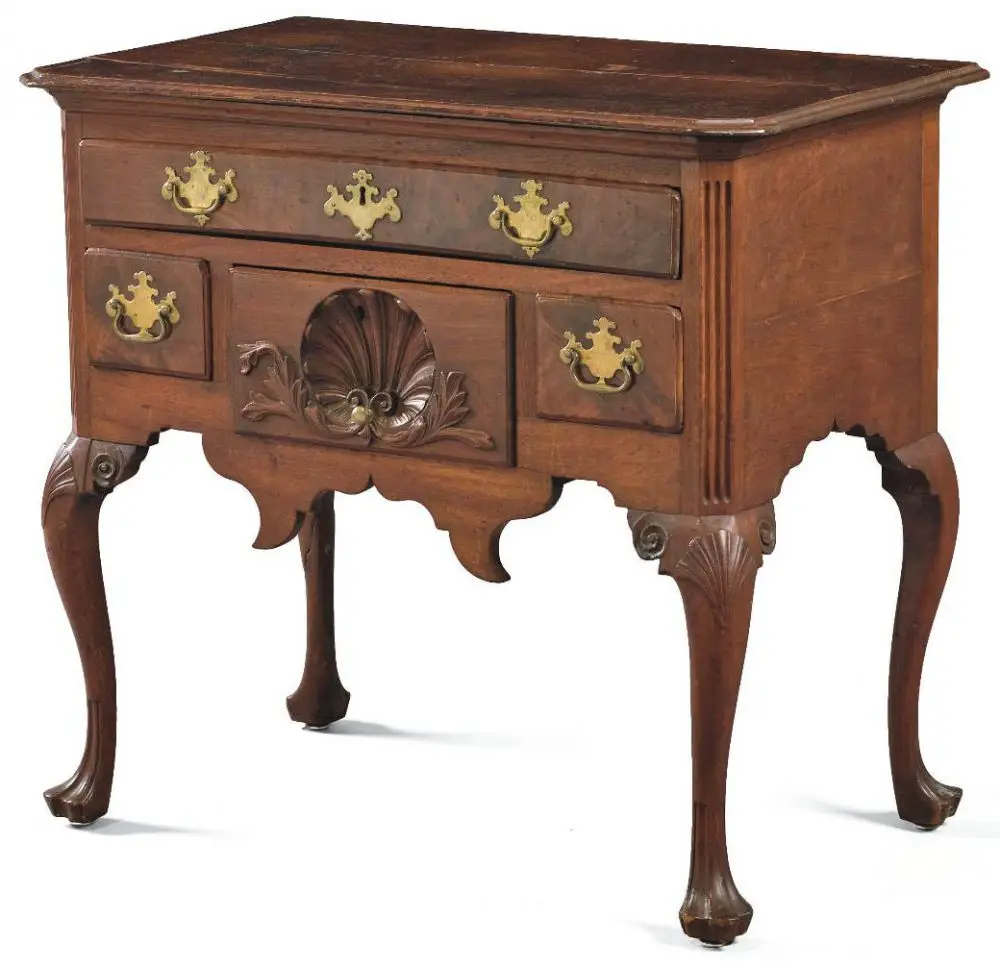
Thomas Chippendale, first designer furniture
Chippendale is a mixture of styles present in England and the American colonies in the second half of the 18th century. The name comes from Thomas Chippendale, a furniture maker who published in 1754, 1755 and 1762 a book of furniture designs called "The Gentlemen and Cabinet-Maker's Director", the first with such a profile and which enjoyed great interest. Through the drawings presented, the book gave furniture makers a direction on style, and the designs presented in the book were very quickly copied.
Characteristics of the style
In style, Chippendale has antique, Roman, Gothic and Chinese influences. Characteristic elements of the style are Gothic arches, Chinese openwork lacework, columns, capitals, C- or S-shaped scrolls, ribbons, flowers, leaves, shells and acanthus leaves.
The wood most used is mahogany and nucbut you can also find maple and cherry. The legs of chairs and tables are thinner and more delicate compared to previous styles. The legs rest on simple paws or paws that hold a ball in their claws.
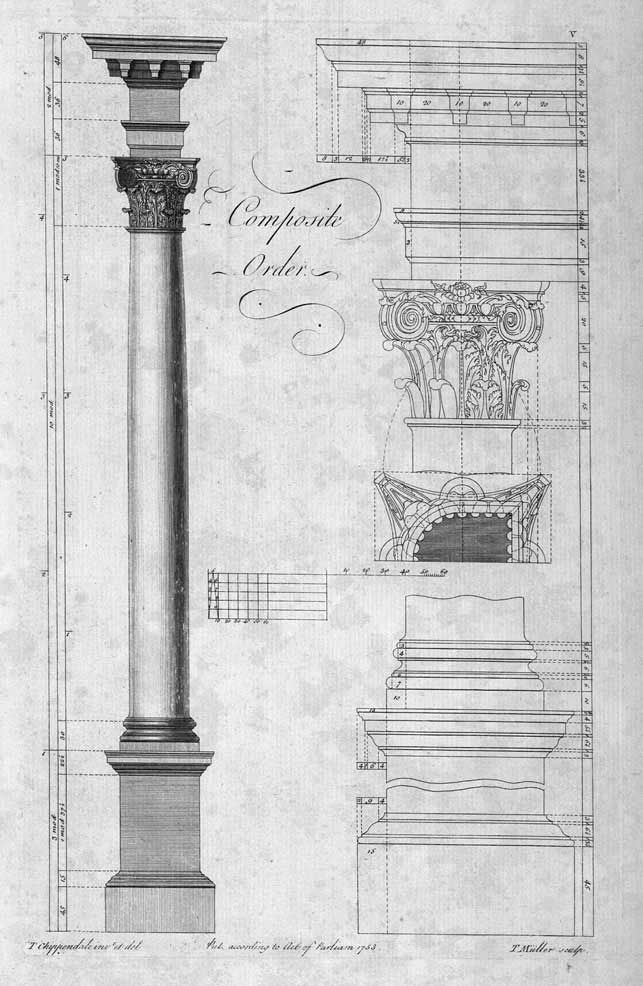
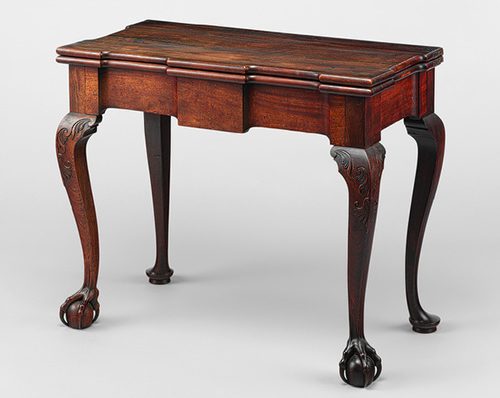
The three directions of style development
The style developed in 3 main directions: Gothic, Rococo and Chinese. Chippendale is basically a harmonious blend of all the elements present in the 3 styles. Each of the 3 directions has its defining elements by which it is characterised.
Chippendale Gothic is characterized by S-shaped arches and ogives, which are found on the backs of chairs, fronts and frames of the glazed parts of bookcases and cabinets.
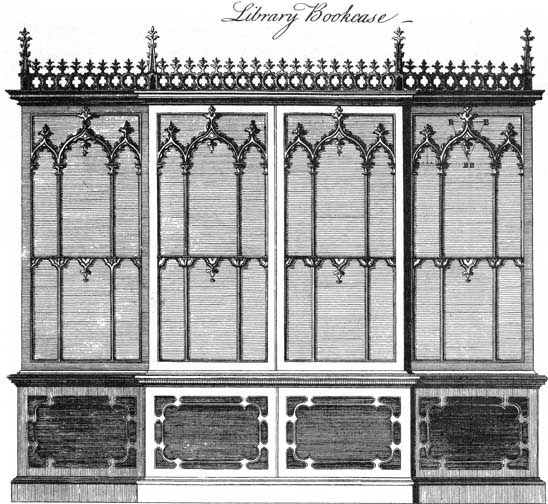
Chippendale Rococo developed as a reaction to the massiveness of the Baroque style in the first half of the 18th century. It originally appeared in France and was very precious and busy but Chippendale further tempered this style. Characteristic of the style are chairs with wide seats and Cupid's bow backs with ribbons, frames and console tables with curved gilt lines.
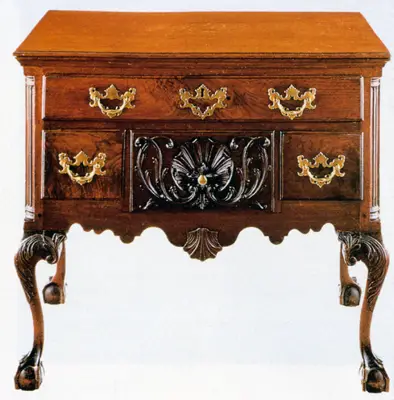
Chinese Chippendale has influences from Chinese culture. It can be recognised by the wood-embroidered, openwork elements on the window frames of the cupboards, on the poles and shelves and by the pagoda-shaped fronts of the cupboards.
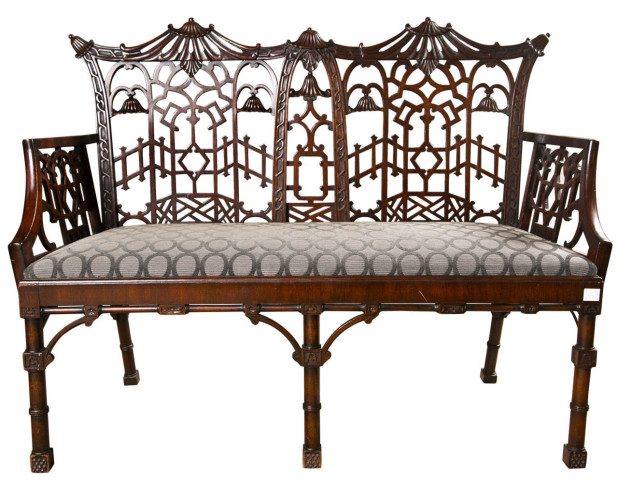
Collectors can still find original pieces produced by Chippendale in his factory, as well as many copies of the designs in the book, made by furniture makers of the same period.
You may also be interested in reading about the Art Nouveau, Rococo, Neogotic, Baroque or Biedermeier.



















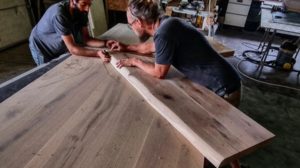




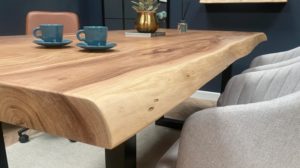
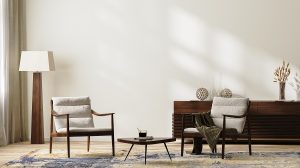

[...] It is one of the classic styles that can be discovered in many places like Chippendale and Biedermeier. [...]